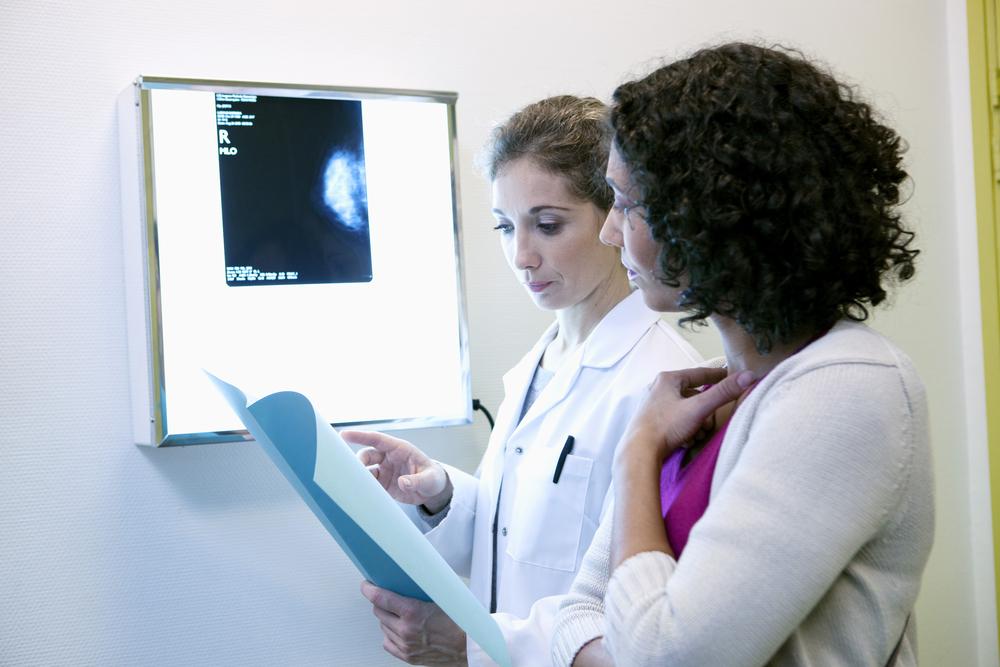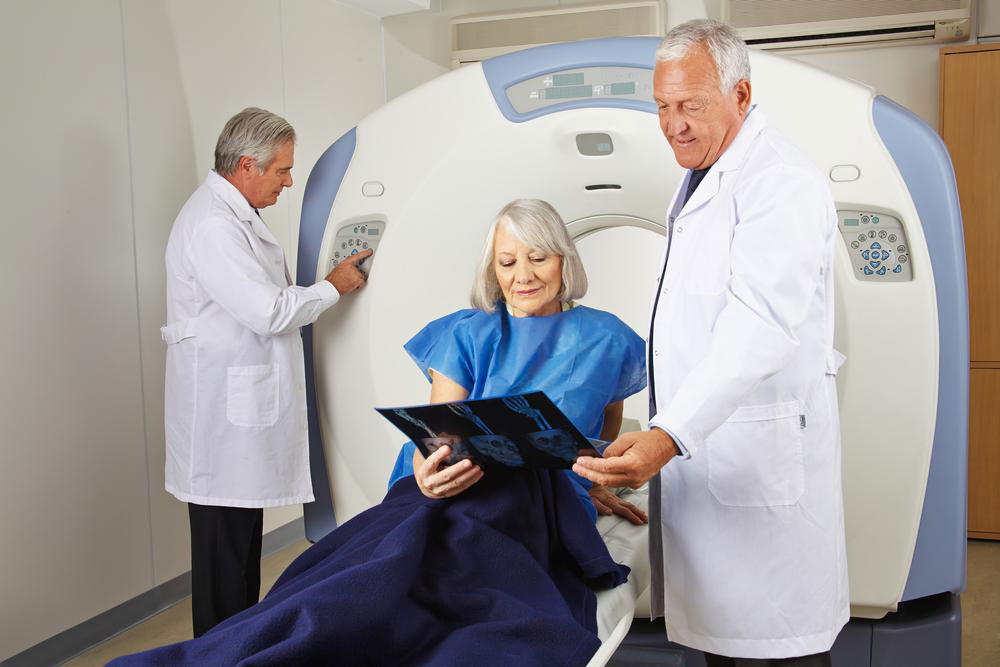Understanding the Progression and Indicators of Gastric Carcinoma
This article outlines the stages and symptoms of gastric carcinoma, emphasizing early detection and diagnosis. It highlights common signs at different stages, the importance of timely medical consultation, and the role of staging tests in guiding treatment. Recognizing subtle early symptoms such as weight loss and indigestion can lead to earlier intervention, improving prognosis. The article encourages professional medical advice for accurate diagnosis and personalized care, underscoring the importance of early diagnosis for effective management of stomach cancer.

Gastric carcinoma is known for being particularly painful; however, early symptoms often go unnoticed. In initial stages, there may be no noticeable signs. Many common sensations like occasional stomach discomfort are normal and not a cause for concern. As the disease advances, symptoms become clearer. If persistent or worsening symptoms arise, immediate medical consultation is essential. Accurate diagnosis and precise staging are crucial for effective treatment planning. Various tests help determine whether gastric cancer is present and at what stage, guiding appropriate interventions. Early symptoms are subtle, including unexplained weight loss, loss of appetite, stomach pain, indigestion, feeling full quickly, and abdominal swelling. These signs can be mistaken for other conditions. Advanced stages may present with fatigue, blood loss leading to anemia, gastrointestinal disturbances, nausea, and persistent abdominal pain. Recognizing and addressing these symptoms early is vital for better outcomes. Consult healthcare professionals for proper diagnosis and tailored treatment.
Note: The information on symptoms, diagnosis, and treatment options aims to inform but should not replace professional medical advice. Always seek guidance from qualified healthcare providers for any health concerns or persistent symptoms.










